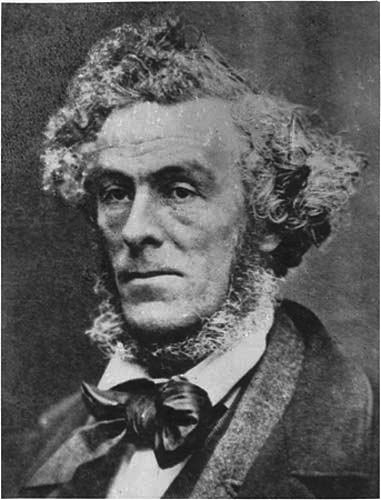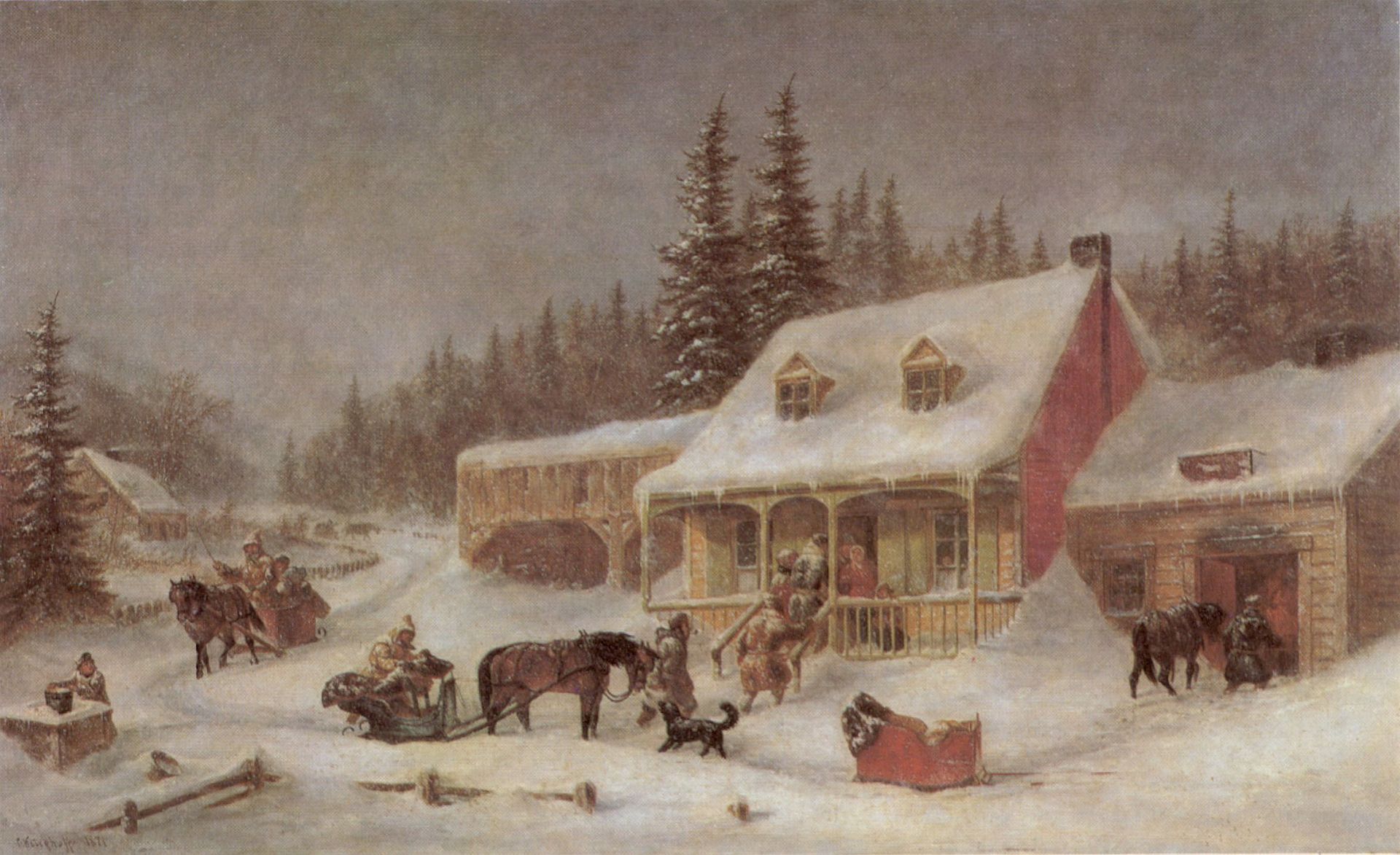
Cornelius David Krieghoff, a celebrated Canadian painter, is best known for his vivid depictions of the everyday life of French-Canadian habitants and Indigenous peoples. Born on June 19, 1815, in Amsterdam, Holland, Krieghoff's life and work were shaped by his European roots, his experiences in the United States, and his deep connection with Canadian culture. His legacy is that of a pioneering artist who captured the essence of 19th-century Canada with remarkable detail and a unique, empathetic perspective.
Early Life and European Influences
Krieghoff was born into a multicultural family with his father, Johann Ernst Krieghoff, originating from Uphoven, Germany, and his mother, Isabella Ludivica Wauters, hailing from Ghent, Belgium. The family moved several times during Cornelius's childhood, including a period in Düsseldorf and later in Mainburg near Schweinfurt, Germany, where his father operated a carpet factory. It was in these formative years that Krieghoff developed an early interest in the arts.
Krieghoff's formal education began at the University of Düsseldorf, where he studied botany, music, and painting. He also attended university in Rotterdam, broadening his academic and artistic knowledge. His European education was complemented by a period of travel as an itinerant musician and craftsman, during which he honed his artistic skills. This early exposure to various cultures and disciplines would later inform his work in Canada, imbuing it with a distinctive European sensibility.
Arrival in North America and Military Service
In 1837, Krieghoff arrived in New York and soon after joined the United States Army, enlisting on July 5th of that year. His enlistment coincided with the outbreak of the Seminole War in Florida, a conflict that provided Krieghoff with ample opportunities to create hundreds of drawings and sketches. His grand-nephew, William Krieghoff, an artist and illustrator, later recounted how Cornelius had been commissioned by the U.S. government to produce replicas of his war sketches for the War Department Archives. Although these replicas have never been found, Krieghoff's original drawings from the Florida campaign were noted for their meticulous detail and historical significance.
Krieghoff's military service ended in 1840, and after a brief period of re-enlistment and desertion, he moved to Rochester, New York. It was here that he reconnected with Louise Gauthier dit Saint-Germain, a woman he had met in New York. The couple had a daughter, Emily, born before March 1841, and they soon moved to Canada, where Krieghoff's career as a painter would flourish.
The Longueuil and Montreal Periods: The Birth of a Canadian Icon
Upon arriving in Canada, Krieghoff settled in Longueuil, a small town near Montreal, where he began to depict the daily life of French-Canadian habitants and Indigenous peoples. His works from this period are characterized by their intimate portrayal of domestic scenes, often featuring his wife Louise and daughter Emily as models. One of his earliest Canadian works, a painting authenticated by Dr. Marius Barbeau, dates back to around 1844 and depicts life in the region with remarkable detail.
Krieghoff's paintings from this period often focused on the lives of the Caughnawaga Indians, capturing their daily activities such as hunting, market-going, and other aspects of community life. These works are particularly notable for their accurate representation of Indigenous clothing, tools, and traditions, reflecting Krieghoff's deep respect for his subjects.
As Krieghoff's reputation grew, he received patronage from notable figures, including Lord Elgin, who commissioned lithographs based on his paintings. Despite his growing success, Krieghoff faced financial challenges, particularly after moving to Montreal in search of wealthier patrons. There, he was forced to take on various jobs, including sign painting and portrait commissions, to make ends meet. Nevertheless, he continued to produce a significant body of work that documented the customs and traditions of the region.

The Quebec City Period: A Flourishing Career
In 1853, Krieghoff moved to Quebec City, where he found a more appreciative audience for his work. He was introduced to a network of influential British Army officers, sportsmen, and businessmen, who became his patrons and friends. One of the most significant figures in Krieghoff's life during this period was John Budden, a Quebec City auctioneer who had previously purchased several of Krieghoff's paintings. Budden's encouragement and connections helped Krieghoff establish himself as a prominent artist in the city.
Krieghoff's time in Quebec City marked the peak of his career. He produced a prolific number of paintings that captured the essence of Canadian life, particularly winter scenes, which became some of his most famous works. His winter landscapes, such as "Habitants Playing at Cards" and "The Toll Gate," are celebrated for their dynamic compositions and vibrant colors, which bring to life the harsh yet beautiful Canadian winter.
During this period, Krieghoff also began to create more complex compositions, often featuring large groups of people engaged in social activities. His masterpiece, "Merrymakers," painted in 1860, exemplifies this style. The painting, which depicts a lively gathering at an inn, is filled with detailed figures and expressions, showcasing Krieghoff's ability to capture the spirit of his subjects.
Later Life and Legacy
After a brief period of travel in Europe, where he copied works by famous artists in the Louvre and other museums, Krieghoff returned to Canada. His final years were spent in Chicago, living with his daughter Emily and her husband. However, Krieghoff continued to visit Canada, where he painted his last major work, another depiction of a merrymaking scene, in 1871.
Krieghoff's contributions to Canadian art cannot be overstated. His paintings provide a window into the lives of 19th-century Canadians, offering invaluable insights into their customs, clothing, and social dynamics. His work remains a cornerstone of Canadian art history, and his influence can be seen in the works of later Canadian artists who sought to capture the essence of their homeland.
Cornelius Krieghoff passed away on March 8, 1872, but his legacy lives on through his art, which continues to be celebrated and studied by art lovers and historians alike. His ability to blend European techniques with Canadian subjects has earned him a lasting place in the annals of art history as one of Canada's most beloved and influential painters.
Browse our collection of Canadian paintings for sale at the Canadian Classic Fine Art gallery, The best place to buy a painting online. We provide free shipping anywhere in Canada and the United States. Our Montreal art gallery sells paintings online exclusively and have a 14 days return policy.
